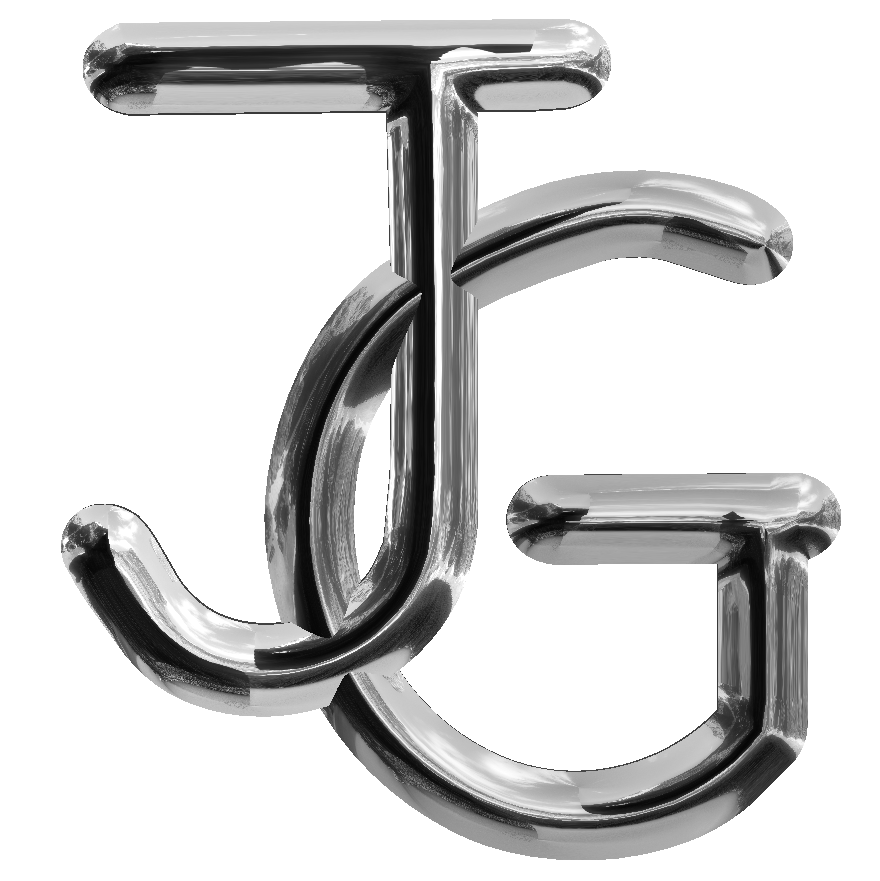Integrating analogue with digital audio components is complex and not well explained, so I thought I would post the results of the extensive research I conducted while recuperating from an eye problem – which allowed me time to listen carfully to music. During my recovery I realized that the quality of our audio has degraded, it was better in the past using CDs.
Years ago we converted our audio CD collection to digital files hosted on a MAC mini using iTunes. This was streamed via ethernet (wired) to Apple Airport Express (Airplay), then to a Denon 4308 AV Receiver and then to 26 year old high quality speakers (B&W 802-80). This resulted in less than acceptable audiophile results. Thats the problem I am trying to address – the sound quality is poor using these components.
Interestingly, I am quite satisfied with the audio and video quality from a Blue Ray video disk or 1080p Video downloaded from iTunes store using the above equipment with HDMI cables. Where did I go wrong with audio?
This post serves two purposes:
- To explain the basics of digital audio such as codecs (FLAC, ALAC …) and provide a reference as I forget these things over time
- To document the solutions to problems so others can benefit from them and I don’t repeat the same mistakes
We have chosen to use the Apple echo-system but most of this post is generic and will work with other operating systems. Apple has provided us with the best user experience overall. Warts and all, it’s the easies way for our household to go (although we keep our options open).
I think its important that everyone in the household be able to buy and listen to music, including ease of use like turning the system on/off. I therefore have attempted to reduce the complexity of operating the entire system.
A few brief definitions for those new to digital audio:
DAC – Digital to Audio Converter – converting the digital streams of numbers to analogue sound
16/44 – a digital short hand for defining two key aspects of encoding sound. Refer to the sound wave diagram below:
– the first number (16) is used to define the number of bits for loudness (dynamic range from soft to loud). The greater the bit rate, the greater the difference between soft and loud and the larger the file.
– the second number (44) used to define the number of samples taken per second(in thousands). The more samples the better the fidelity to the original sound and the larger the file.
– Digital files are stored either Lostless (no loss of sound quality) or Lossy (sounds removed to save space with a potential audible loss in quality).
– The encoding of sound is arranged using standards called codecs. Most codecs don’t support tags such as Album Art and Track Names therefore the tags are placed into Files along with the codecs (the encoded music). The files are standardized and a few common file formats are .mp3 (which is lossy so its poorer quality) or ALAC which is lostless (high quality).
DSD is an entirely new encoding scheme, has little music available and requires a specialized DAC. I have decided not to go that route.
Overall User Requirements:
Playing music involves more than just using technology; its about ease of purchase, operating convenience, reliability and above all enjoyment. With that in mind I developed an overall set of requirements that balances those basic needs. I encourage everyone to consider their overall requirements, not just a few technical pieces:
- Purchase: how will you obtain the music, in what quality level and how will you place it into your music library
- Player: (Software such as JRivers or iTunes – I actually settled on Audirvana V2 and dropped the iTunes Library entirely)
- Remote: to select the music and turn on/off hardware and change the volume
- Quality: what bit depth and sample rate (24/192 – described in the tables at the end of this post)
- File Formats – ALAC, FLAC, AAC – (described in the tables at the end of this post)
- Connections between components to support the desired quality levels (example Toslilnk has limits)
- Streaming music from internet or hand held device (iPad …)
- Locations: where will the hardware reside, how will you connect to it (network and remote) and will it make too much noise, is there good clean power?
- Maintenance – do I know how to maintain the OS and Applications?
- Upgradability: I kept the components as separate devices (exception: integrated receiver) so that they could be separately upgraded as required
- Portability: Support iPods, iPhone music with down sample of audio files suitable for these devices
- Hardware to support all of the above
- Network Connections to support the above
- Overall Cost of Ownership: Recycle old Macs, use free software and put money where it counts: speakers, amp and keep other costs lower (cables and DAC)
Basic Technical Requirements:
- Player: iTunes – it’s the devil we know so the rest of the system has to work with it. (JRiver media centre would be a consideration – that will be another post some day).
- Purchase: The iTunes store does not have great quality levels, alternative stores will need to be sourced. Moving the music from the store to the “digital music library” needs to be document
- Remote: Use iOS devices as the “Remote app” to select music and replace all “other remotes” for power on and volume control etc. One remote to rule them all. On iOS I also installed Rommie which translates all other remotes from IR (infra red) to WIFI and back to IR for each component. I can therefore change the music, volume or power from any room in the house
- Quality: Support a stream rate of 24/192 (24 bit depth, 192 khz sample rate which is better defined at the end of the blog) when connected to a digital library hosted on a Mac computer. It is arguable that 24/192 is overkill for audio but at least this requirement should provide “state of the art” for a good while (maybe 5 years or so). Do you need DSD, if so then you will have limited choices for a DAC.
- Streaming: Support Airplay at its maximum throughput (which actually seems low at 16/44) to support some ad-hoc streaming from iOS
- File Format: I have decided to use ALAC codec (Apple Lostless) using the .m4a file format (non DRM apple file format). All of this is explained below as well
- Connections: For the majority of audio transfer use USB from the computer to the DAC since it supports the best quality audio with least distorition
- Location: Maintain a Music Library on a Mac in the listening area (Living Room) using a quiet older Mac Book Pro (2011) and quiet small external hard disk (1 – 2 TB), keyboard and screen. Since audio streaming is not CPU intensive any relatively modern PC will do. I will stick with a Mac since I already maintain several.
- Maintenance – I don’t want to learn how to maintain and operate many systems, I will stick with Mac and iTunes (although iTunes is still unreliable and not user friendly)
- Upgradability: Keep the DAC as a separate unit so that it may be upgraded over time. The remaining audio components are already high end and won’t evolve over time
- Software: Mac OS X, iTunes, iOS Remote, Roomie, XLD
- Limitations: What I will not pursue now: DSD file format – not enough music available at a reasonable cost and keep costs reasonable for the DAC since they are still evolving


